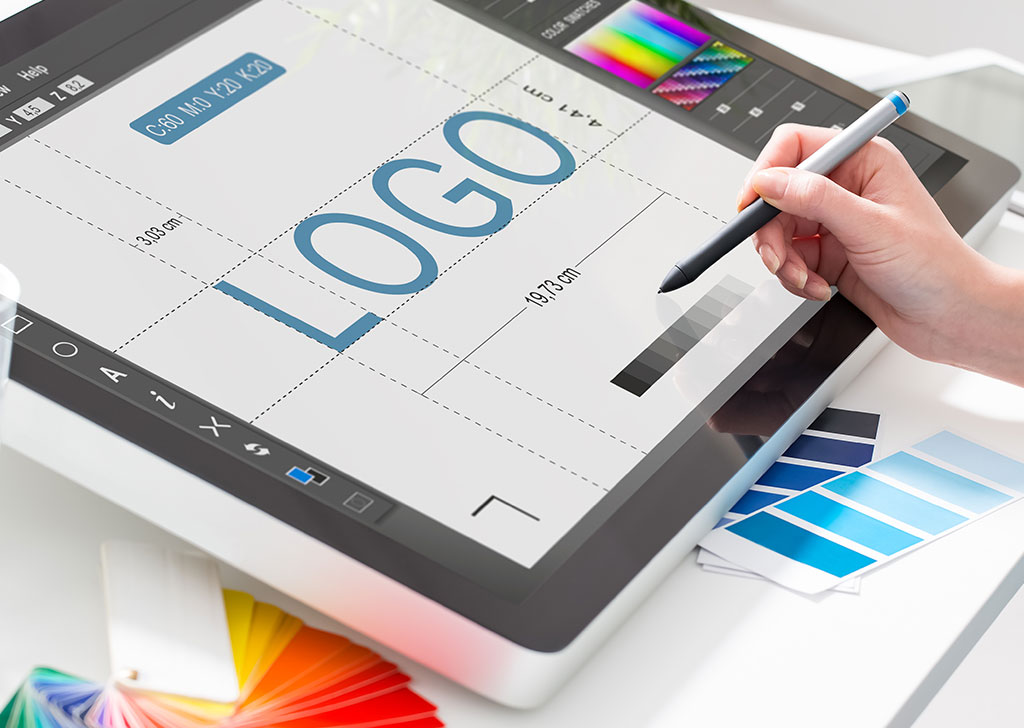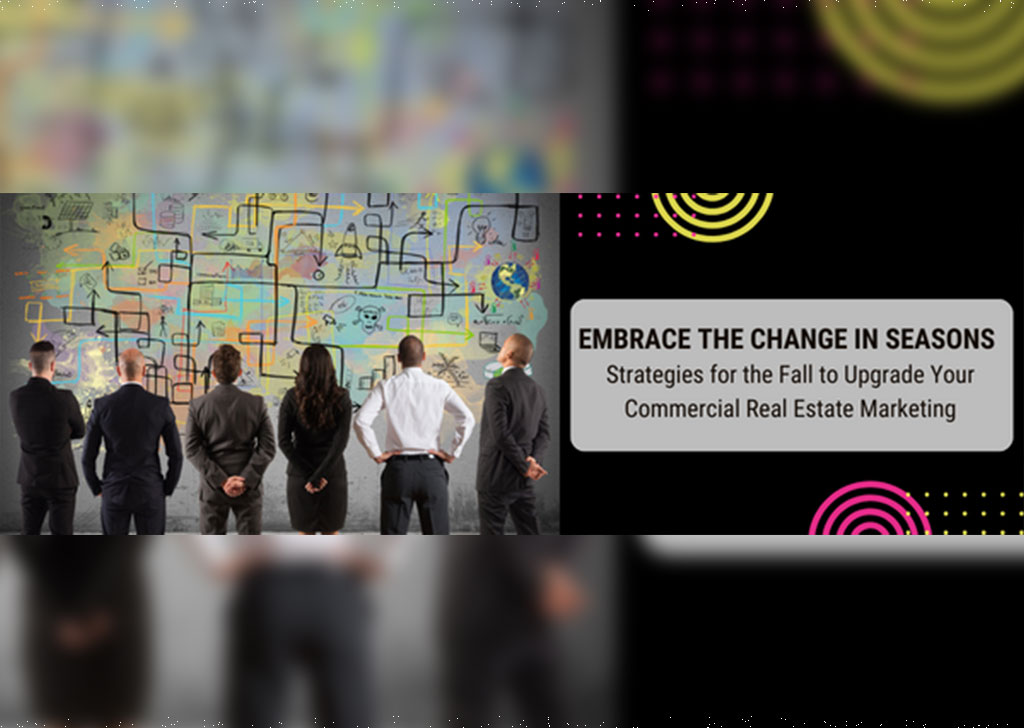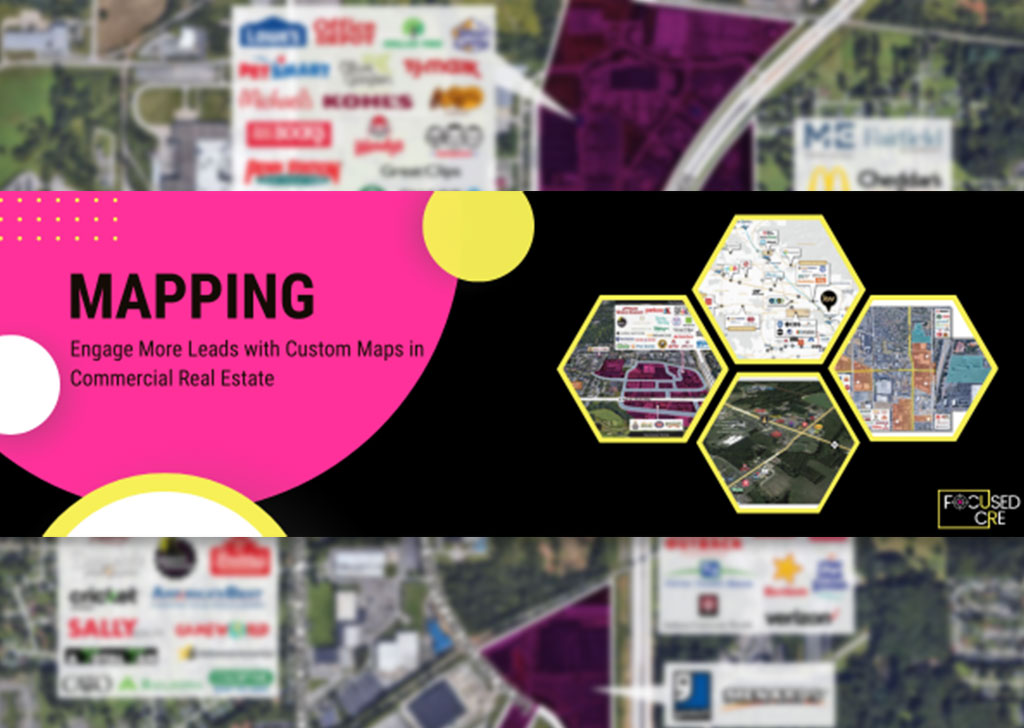10 Tips For Creating A Memorable And Effective Logo For Your Commercial Real Estate Business
A logo is the face of your business and can make a huge impact on how potential clients perceive you. When it comes to choosing a logo for your commercial real estate company, there are a few key things to keep in mind:
- Keep it simple: A logo should be straightforward and easy to remember, while also perfectly capturing the spirit of your brand. Too many colors, shapes, or fonts will only muddle the design and make it hard to decipher.
- Relevance is key: Your logo should be closely tied to the services your business offers. If you're all about office buildings, a skyscraper-themed logo is a no-brainer.
- Versatility is vital: Your logo should be able to adapt to any situation, whether it's on your website, business cards, or marketing materials. It should also be able to be resized and reformatted without losing its impact.
- Timelessness is a must: Trends come and go, but a great logo endures. Choose a design that will still be relevant and effective in the long run.
- Professionalism is crucial: Your logo represents your business to potential clients, so it's important to convey a sense of trustworthiness and expertise. Steer clear of cutesy or playful elements.
- Stand out from the crowd: It's important for your logo to be distinct from your competitors and accurately reflect your unique value proposition. To make sure your logo stands out, research your competitors' logos and branding elements. Make a list of your top competitors, gather examples of their logos and branding elements, and analyze their branding to identify any common themes or trends. Determine how you want your business to be perceived and use this information to inform your own logo design.
- Readability is a must: Your logo should be easy to read, especially when it's used at small sizes. Avoid using overly elaborate or decorative fonts that are hard to decipher.
- Flexibility is essential: Think about how your logo will look in both color and black and white versions, as you may need to use it in monochromatic contexts.
- Consistency is key: A consistent brand image is essential for building recognition and trust with your target audience. Use the same logo and branding elements across all your marketing materials.
- Test it out: Before settling on a final design, consider getting feedback from a small group of people to make sure the chosen logo effectively represents your business.
Deciding whether to refresh your current logo or do a full rebrand can be a tough call, but it's an important one for any business. Here are some things to consider:
- Brand recognition: If your current logo has a strong level of brand recognition among your target audience, a full rebrand may not be necessary. A refresh, which involves updating certain elements of your logo while maintaining its core identity, may be enough to give your branding a boost without causing confusion or diluting recognition.
- Alignment with your business goals: If your business has undergone significant changes or is targeting a new market, a full rebrand may be necessary to better align your branding with your current goals.
- Brand perception: If your current branding doesn't accurately reflect your business or is perceived negatively by your target audience, a full rebrand may be in order to improve the way your business is perceived.
- Rebranding costs: Rebranding can be costly and time-consuming, so it's important to weigh the potential benefits against the costs and resources required.
- Market research: Conducting market research and gathering feedback from your target audience can help you determine whether a refresh or full rebrand is necessary and how it will be perceived by your audience.
Overall, choosing a logo and deciding whether to refresh or rebrand your business requires careful consideration of various factors, including simplicity, relevance, versatility, timelessness, professionalism, differentiation, legibility, flexibility, consistency, and testing. By taking the time to research and evaluate your options, you can select a logo that accurately reflects your brand and effectively represents your business to potential clients. So go ahead, get creative and choose a logo that truly captures the essence of your commercial real estate company!











